Ready to level up your sales game? You’re in for a treat because we’re about to dive into the incredible world of ChatGPT and how it can supercharge your sales efforts. Forget about boring, one-size-fits-all approaches — we’re talking about using this powerful AI language model to engage with prospects and close deals like a seasoned pro.
ChatGPT can be used for sales to automate initial outreach, engage prospects through personalized conversations, and qualify leads efficiently. It can also provide real-time support, address objections, and offer tailored recommendations during the negotiation process by acting as a virtual sales assistant and guiding prospects through the necessary steps.
In this article, we’ll explore the game-changing potential of ChatGPT in the realm of sales. From prospecting to closing deals and even customer retention, we’ll delve into how ChatGPT can be leveraged in every stage of the sales funnel.
Prepare to take your sales game to new heights!
How to Use ChatGPT for Your Sales Strategy
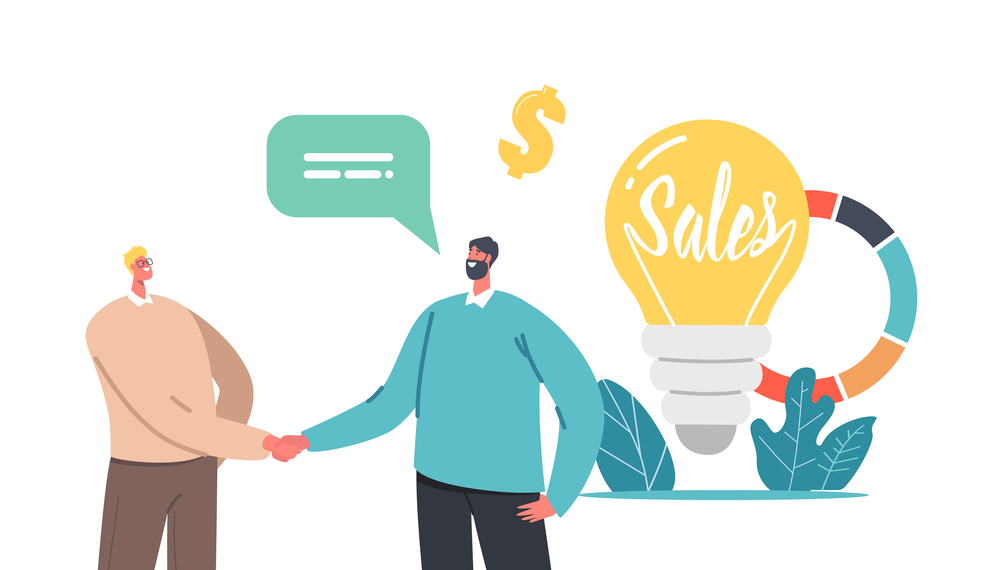
Alright, now that you’re excited about the potential of ChatGPT in the sales domain, you might be thinking, “Sounds great, but how do I use it in my sales strategy?” Let’s walk you through it!
ChatGPT is an AI chatbot developed by OpenAI that uses a machine learning model trained on large volumes of data to produce outputs written in human-like language. You can use it for your sales strategies in various ways. In this section, we’ll go over seven use cases.
1. Prospecting and Lead Generation Machine
Finding potential customers, or “leads,” is often a time-consuming part of the sales process. But guess what? ChatGPT can help with lead generation!
Finding potential customers is a lot like looking for a needle in a haystack. With ChatGPT, this process becomes a breeze. There are various ways you can use ChatGPT to generate leads:
- Personalize your cold emails: Thinking of launching a cold email campaign but hate the idea of spending hours writing personalized opening lines? Tell ChatGPT what tone to use, provide context, and include whatever info you wish to add and it’ll whip an email in seconds. Plug the email into a sales prospecting tool like FindThatLead and launch your cold email campaign!
- Create quality lead magnets: If your business has quality blog posts, newsletters, or reports handy, use ChatGPT to transform them into high-quality lead magnets. Tell the chatbot to pull out the main points and summarize them in a fun and engaging way that’s tailored to your target audience.
- Generate leads on LinkedIn: Harness the power of the ChatGPT API and plug it into a lead generation tool like Scrab.in or Woorise to supercharge your LinkedIn engagement. You can use ChatGPT to send personalized connection requests and automatically comment on posts for smart engagement.
These are just a handful of ways you can use ChatGPT for lead generation. By using its ability to engage in meaningful dialogues and provide real-time assistance, you can efficiently qualify leads, nurture relationships, and ultimately drive sales.
2. Customer Service on Steroids

Let’s be honest, nobody likes waiting for answers. With ChatGPT, you can set up instant responses to customer inquiries. This means your potential customers can get answers to their questions right away, no matter what time it is.
Customer service is the backbone of any successful business. With ChatGPT, your customer support team can be available 24/7, providing instant, personalized responses to customer inquiries, and gathering customer feedback.
Unlike basic chatbots, ChatGPT understands the context and can hold a human-like conversation. It’s like having a supercharged customer sales rep working round the clock who can answer basic customer inquiries.
Getting started is easy as several customer service software platforms have already integrated or support ChatGPT integration, including Zendesk, Intercom, and Zoho Desk.
3. Product Recommendation Guru
ChatGPT can be a real champ when it comes to suggesting products to your target audience. By analyzing customer data and behavior, it can offer personalized product recommendations, increasing the likelihood of a sale. And you know what that means — more sales, more revenue!
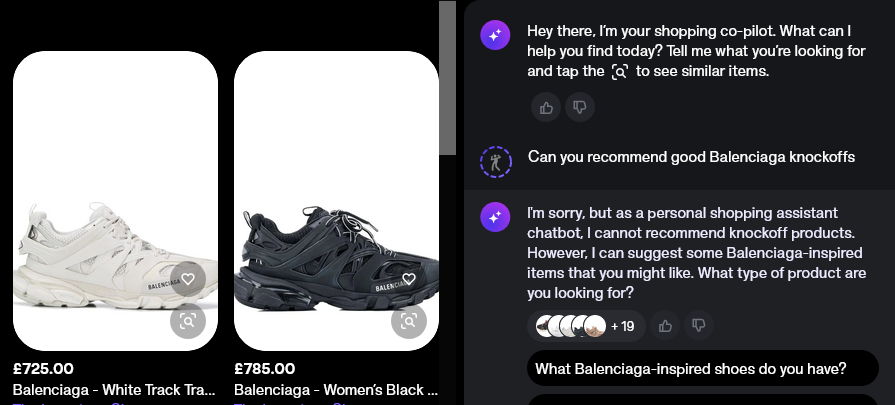
You can either use the ChatGPT API to build a custom product recommendation bot for your business, or you can make use of third-party solutions like Intercom’s Fin chatbot, which is powered by GPT-4 and can give recommendations and answers based on your existing content.
Several companies are already using ChatGPT for this exact purpose. For instance, Shopify was one of the first major companies to announce a collaboration with OpenAI to include GPT technology in its shopping app Shop.
4. Content Creation that Converts
Crafting the perfect sales pitch or writing a captivating blog post can be a headache. ChatGPT to the rescue! It can generate engaging content, tailored to your target audience.
It can perform SEO keyword research, come up with relevant content ideas, generate personalized hashtags, and help you with creating online content much faster than a human marketing team. The more specific the prompt, the better.
You can use ChatGPT Plus to gain access to GPT-4 to create high-quality content, or you can make use of a service like Koala Writer to write content in a tone that fits your audience.
5. Email Marketing Master

Let’s face it, crafting the perfect sales email can be tricky, even with market research. You want it to be persuasive, but not too pushy; informative, but not overwhelming.
ChatGPT can bring your email marketing game to the next level. It can draft personalized sales emails that hit the right chords with your customers, increasing open rates and conversions.
From catchy subject lines for automated LinkedIn campaigns to compelling call-to-actions, it’s got you covered. If you’d like to learn how to craft the perfect prompt, check out our article on the best ChatGPT prompts.
You can use the high-quality ChatGPT responses to generate compelling sales proposals tailored to each customer and persuade potential customers to convert.
6. Sales Training Superhero
ChatGPT isn’t just about interacting with customers; it can also be a handy tool for training your sales representatives. Training your sales and marketing teams can be a challenging task.
With ChatGPT, you can come up with fire drills with varying levels of urgency. It can simulate different sales scenarios and customer reactions and help your team to be prepared for real-life situations.
Whether it’s handling sales objections or perfecting a sales pitch, it can be an interactive and effective training tool!
7. Post-Sales Pro
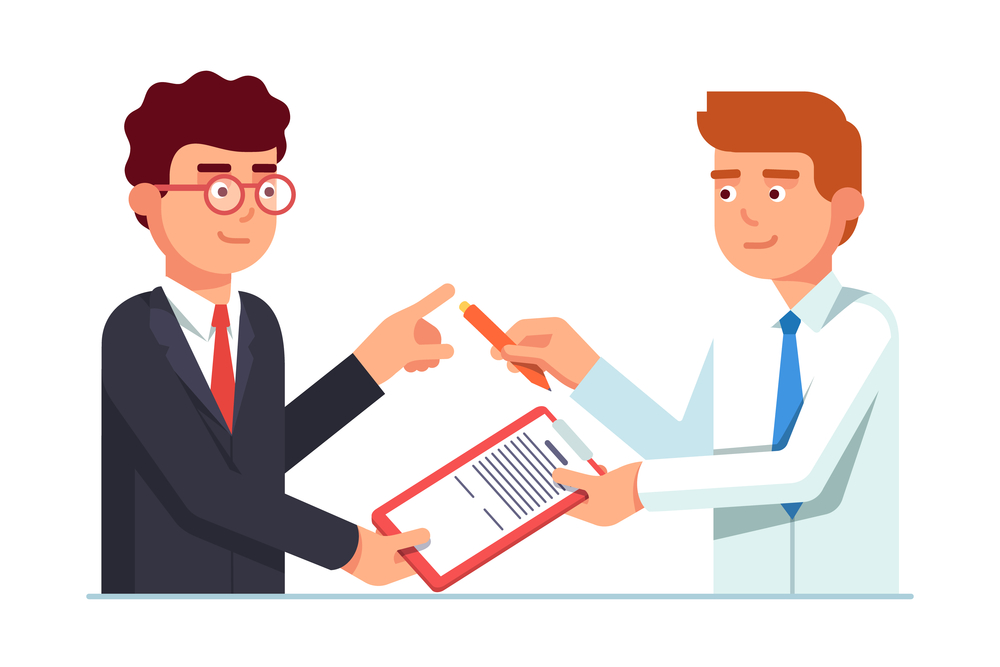
The sale doesn’t end when the customer makes a purchase. Good after-sales support can lead to repeat business, and guess who can help with that? Yes, ChatGPT!
It can assist with handling customer queries, troubleshooting issues, creating feedback forms, and providing useful product information after the sale is made — pain points sales teams would rather not have to deal with.
Your relationship with your customers shouldn’t end after a sale. In fact, that’s when it truly begins. ChatGPT’s post-sales support can help in retaining customers and turn them into loyal brand advocates.
To wrap up, if you integrate ChatGPT into your sales strategy, remember that it’s all about maximizing its capabilities while maintaining a human touch to improve future sales efforts. ChatGPT is an assistant, a sidekick to your sales team.
It’s there to help your team shine, not outshine them. And when combined effectively, this human-AI duo can be an unstoppable force in the sales world!
Alright, now that we’ve gone over some ways ChatGPT can enhance your sales strategies, let’s go over how you can use the chatbot in all of your sales funnel stages in the next section!
How to Leverage ChatGPT in Sales Funnel Stages of Outbound Lead Generation
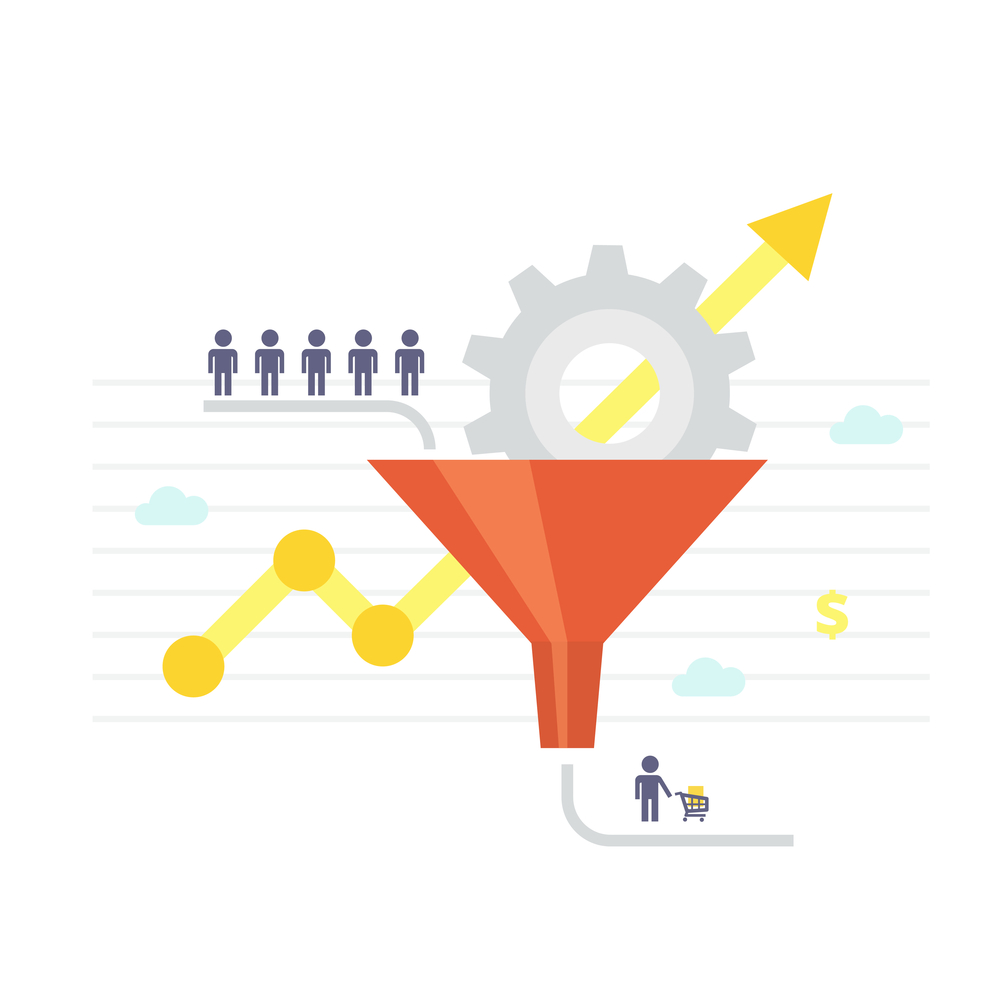
In the realm of outbound lead generation, businesses are constantly seeking innovative approaches to engage and convert potential customers. ChatGPT can help by providing real-time conversations and support.
By incorporating ChatGPT into each stage of your sales funnel, you can enhance your outbound lead generation efforts significantly. This section will explore how to effectively utilize ChatGPT in various stages of the sales funnel!
1. Prospecting Stage
The prospecting stage is all about identifying potential leads. As we discussed in the last section, ChatGPT can assist by automating the initial outreach process.
You can train the model to generate outbound templates and send personalized and targeted messages to prospects based on their specific interests and needs and create market research.
By using ChatGPT’s ability to generate conversational responses, you can engage your prospects in interactive conversations, gather valuable data, and qualify leads more efficiently.
2. Qualification Stage
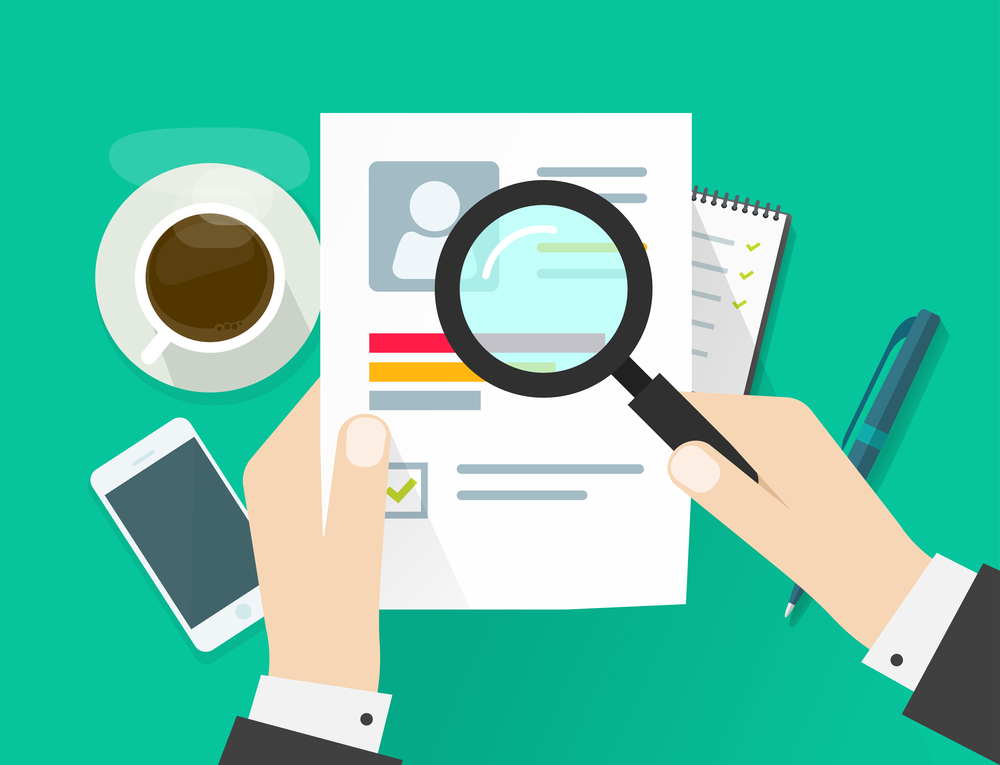
The qualification stage is all about identifying if a lead is a good fit for your product or service. ChatGPT can play a crucial role in this phase by generating persuasive scripts and having intelligent conversations with leads.
By asking relevant qualifying questions, addressing concerns, and providing accurate information, ChatGPT can help filter out unqualified leads and focus your efforts on those with a higher likelihood of conversion. This streamlines the qualification process and saves time for your sales team.
3. Nurturing Stage
Nurturing leads is vital to keep them engaged and build trust. You can deploy ChatGPT to deliver personalized and timely follow-ups, nurturing leads through automated conversations and helping you overcome sales objections.
The model can answer queries, provide additional information, and even offer relevant content such as blog posts, case studies, or product demos. ChatGPT’s conversational abilities create an engaging and interactive experience and can increase the chances of progressing your leads further down the sales funnel.
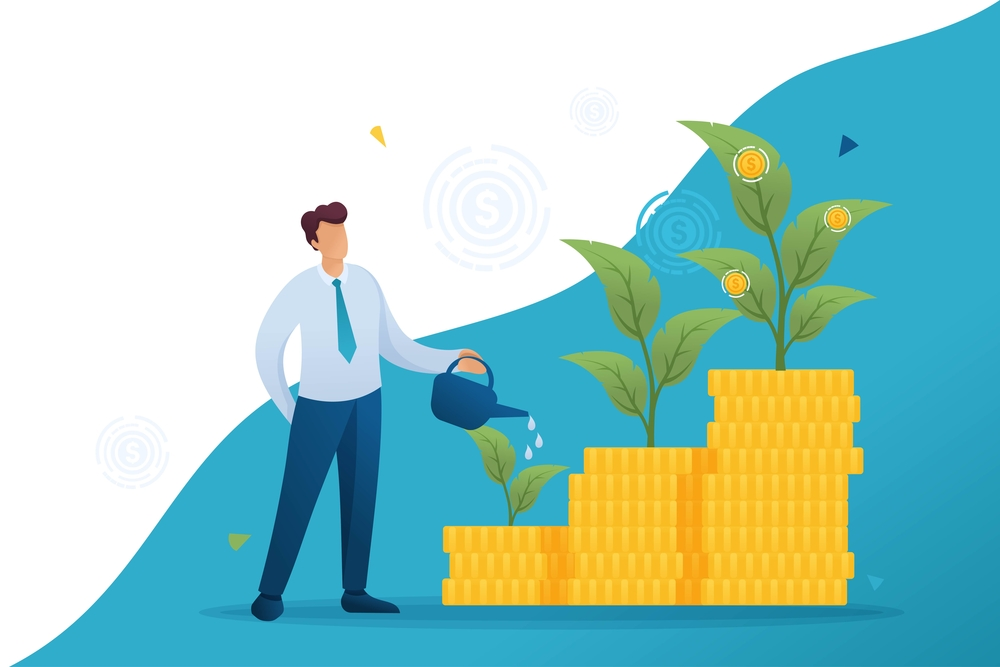
4. Proposal and Negotiation Stage
Once a lead has shown genuine interest, the proposal and negotiation stage comes into play. Here, ChatGPT can assist by generating dynamic and tailored sales proposals based on the lead’s requirements and preferences.
Feed it data, pricing structures, and product features so that it can offer accurate recommendations and address any objections or concerns. By providing real-time responses, ChatGPT enhances the negotiation process and ensures a seamless experience for all involved parties.
5. Closing Stage
In the final stage of the sales funnel, closing the deal is of paramount importance. ChatGPT can facilitate this by acting as a virtual sales assistant that guides prospects through the necessary steps to finalize the sale.
It can handle common objections, overcome barriers, and provide compelling reasons for prospects to make a purchasing decision.
By incorporating it into all stages of your outbound lead generation sales funnel, you can harness the power of AI to improve efficiency, engagement, and conversion rates.
ChatGPT is undoubtedly a versatile tool that can automate and enhance the sales process by providing personalized interactions, generating intelligent responses, and nurturing leads effectively.
But it can do more than that! In the next section, we’ll look at how you can maximize your inbound lead generation using ChatGPT.
[wpforms id=”211279″]
How to Maximize Inbound Lead Generation With ChatGPT in Every Sales Funnel Stage
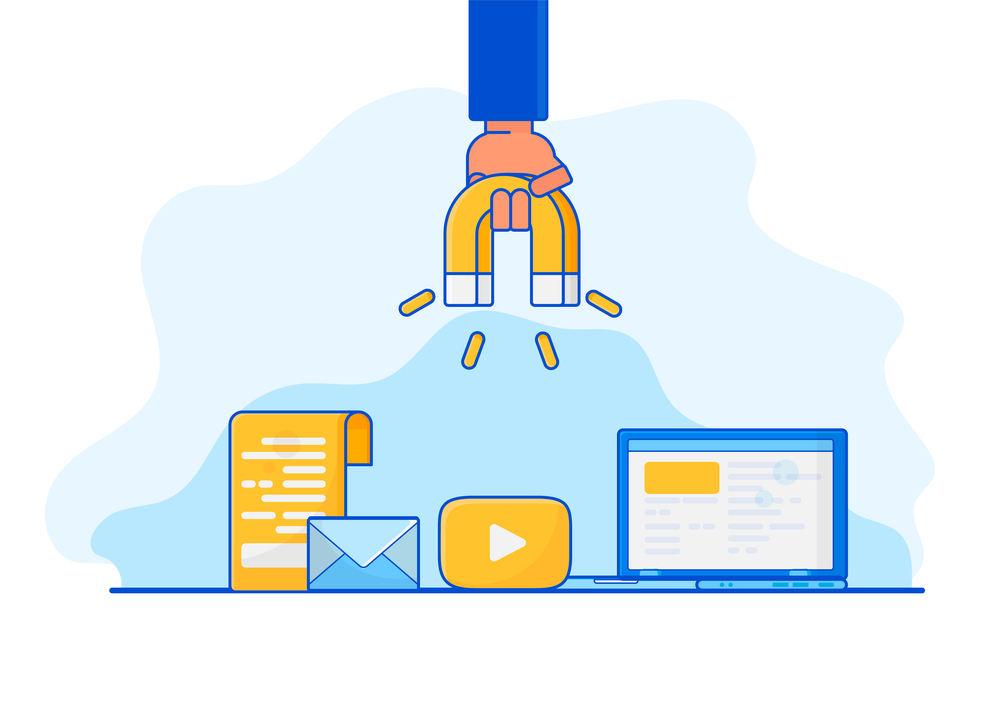
Inbound lead generation is a pivotal aspect of any successful sales strategy. To optimize your efforts and deliver exceptional customer experiences, integrating a machine learning model can be a game-changer.
In this section, we’ll explore how you can effectively use ChatGPT in each stage of the sales funnel — awareness, interest, decision, action, and retention — to attract, engage, and convert inbound leads, ultimately driving business growth.
Let’s dive in!
1. Awareness Stage
The awareness stage is about capturing the attention of your target audience and creating brand recognition. ChatGPT can play a vital role in this phase by offering personalized interactions during the sales process on your website.
By employing its natural language processing capabilities, ChatGPT can engage with visitors like a sales team, answer frequently asked questions, analyze customer data, and provide relevant information about your products or services.
This will help you build initial rapport, foster a positive impression, and pique the interest of your target audience.
2. Interest Stage
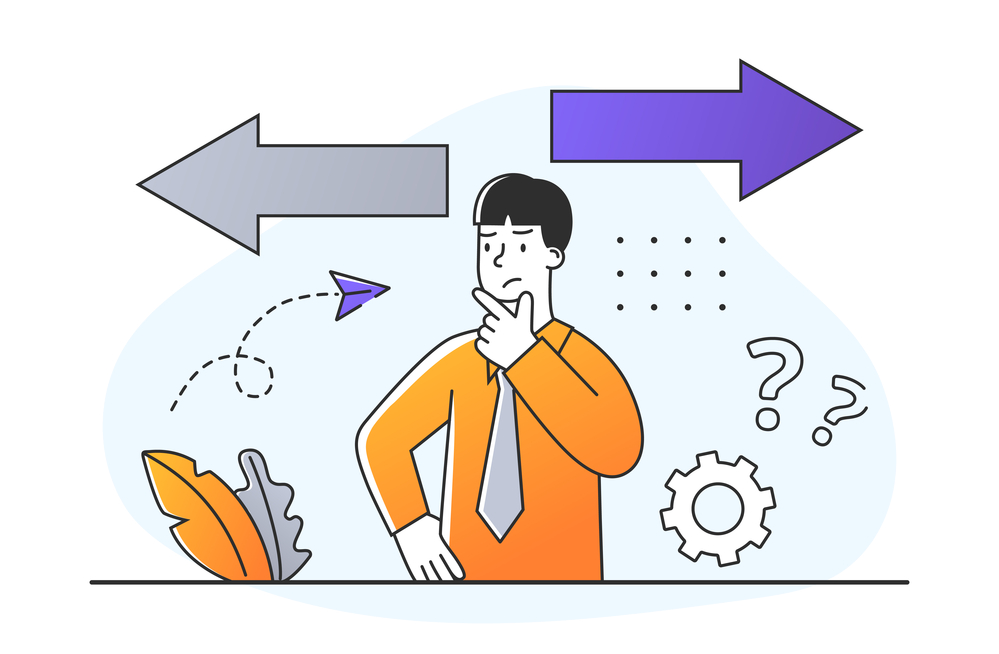
Once prospects have shown interest, you must nurture their curiosity and deepen their engagement. ChatGPT can facilitate this stage by offering dynamic conversations that cater to individual interests and needs.
The model can provide detailed explanations and product demonstrations or suggest relevant resources such as whitepapers or videos to further educate and captivate leads.
By delivering tailored information in real time, ChatGPT strengthens the interest of potential customers and encourages them to explore your offerings further.
3. Decision Stage
During the decision-making stage, prospects evaluate various options and seek guidance. ChatGPT can act as a virtual advisor, assisting leads in making informed choices based on up-to-date information.
By using data analysis and personalized conversations, ChatGPT can provide product comparisons, offer recommendations based on specific requirements, and address concerns or objections.
This level of personalized support enables your target market to make confident decisions and can boost conversion rates and streamline the sales process.
4. Action Stage

The action stage is where prospects convert into customers. ChatGPT can optimize this phase in a variety of ways.
Whether it’s placing an order, signing up for a trial, or scheduling a demo, ChatGPT can guide prospects through each step, providing assistance and addressing any last-minute queries or hesitations.
By delivering a frictionless experience, ChatGPT enhances the chances of prospects taking the desired action and becoming loyal customers.
5. Retention Stage
Retaining customers is essential for long-term business success. ChatGPT can aid in customer retention efforts by offering ongoing support and personalized interactions through follow-up emails.
By using proactive outreach and targeted messaging, the model can address customer concerns, provide product usage tips, and offer relevant resources to enhance the overall experience.
ChatGPT can maintain an open line of communication and help to build strong customer relationships, foster loyalty, and encourage repeat business.

Incorporating ChatGPT into all stages of your inbound lead generation sales funnel empowers you to deliver exceptional customer experiences, drive engagement, and increase conversions.
From creating awareness to nurturing interest, facilitating decisions, encouraging action, and ensuring customer retention, ChatGPT acts as a versatile virtual assistant, providing personalized interactions and addressing individual needs throughout the whole process!
Next, we’ll take a look at five advantages of incorporating ChatGPT into your sales process!
5 Advantages of Using ChatGPT in Sales

Alright, we’ve covered a lot of ground, but we haven’t really gone over why ChatGPT can be such a boon to your sales process.
So, for this section, we’ll talk about the five major benefits of integrating ChatGPT into your sales cycle!
1. ChatGPT Saves Time
In the fast-paced world of sales, saving time is a highly coveted attribute for any tool. By automating specific aspects of your sales process, ChatGPT can help sales teams to reclaim a significant amount of time.
By expediting tasks such as lead qualification, addressing common queries, and providing product education, this AI-powered tool grants you more time to focus on the aspects where human expertise is necessary.
2. Consistency

While people often dismiss ChatGPT for lacking personality or emotion, this characteristic actually offers another advantage: remarkable consistency.
ChatGPT employs a uniform messaging and approach in all its responses, ensuring a dependable experience. Unlike that person you met on a dating app who starts to show strange behavior after three dates, ChatGPT remains steadfast.
This consistency extends to you, your team, and all other users, ensuring a standardized level of service. There are no teacher’s pets or favorites here!
3. Personalization
ChatGPT excels in personalization. It’s a tool designed to provide personalized recommendations and insights based on the unique needs and preferences of prospects or customers.
However, it only serves as a starting point for personalization. We must stress: avoid copying and pasting from ChatGPT if you genuinely want to foster relationships, achieve sales quotas, and retain customers.
Infuse your unique touch to build rapport and heighten the likelihood of sealing the deal.
4. 24/7 Availability*

*Except during downtime.
ChatGPT is a relatively new platform that occasionally experiences technical glitches, even with a ChatGPT Plus subscription.
Nonetheless, having such a handy tool available for most of the day, almost every day, can save you time and effort in your daily tasks. After all, we know that moving prospects through the sales pipeline isn’t confined to standard 9-5 hours!
5. Scalability
Depending on its daily capacity, ChatGPT can handle a substantial volume of interactions simultaneously and can scale with your future sales efforts. Quite impressive, isn’t it?
This capacity will help you in managing multiple tasks simultaneously, which can prove invaluable when you want to scale your sales efforts.
Whether you’re venturing into higher market segments, embracing a product-led growth approach, or simply expanding your client base, ChatGPT can help you handle business growth more efficiently.
But it’s not all sunshine and roses. In the next section, we’ll go over some of the challenges of using ChatGPT for sales.
What Are the Challenges of Using ChatGPT in Sales?
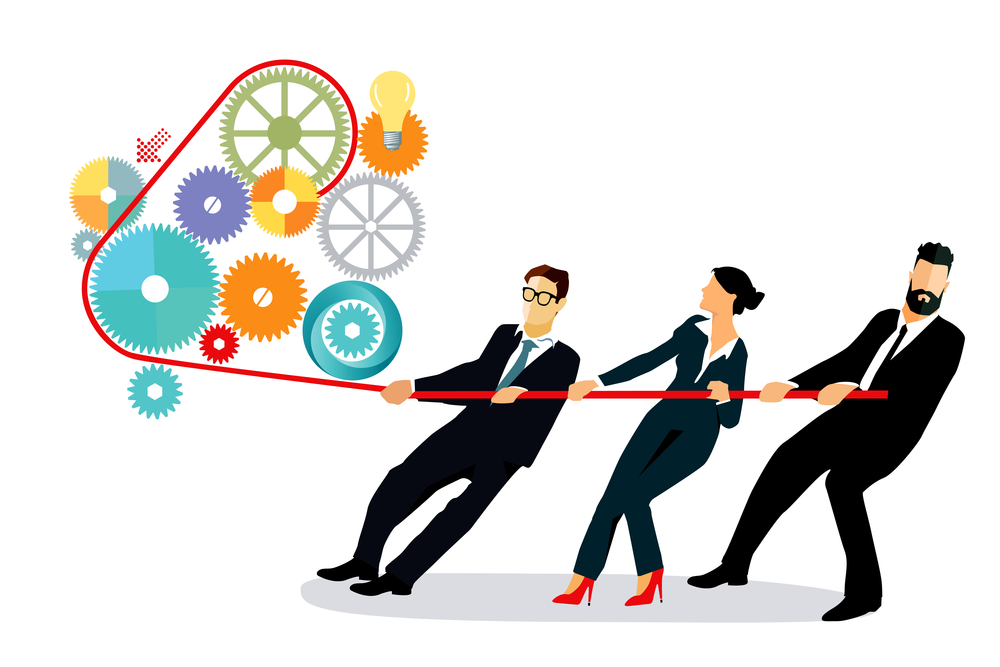
By now, you’re probably thinking, “ChatGPT sounds awesome! I’m ready to jump in!” But, like with any other tech, it’s important to be aware of the potential challenges and considerations for its implementation.
So, let’s dive into the nitty-gritty in this section.
1. Data Privacy
When you’re using AI like ChatGPT, you’re dealing with loads of data. And, it’s not just any data — it’s your customers’ data.
It’s crucial to ensure your customers’ information is secure and their privacy is respected. Always inform your customers when they’re interacting with an AI and ensure that data collected is handled in compliance with privacy laws and regulations.
If you’d like a comprehensive overview of ChatGPT safety and security, check out our article on the subject.
2. Dependence on AI
ChatGPT is a stellar assistant, but remember — it’s just that, an assistant. Relying entirely on AI and eliminating the human touch can backfire.
For instance, while ChatGPT can handle general inquiries, complex or sensitive issues might still require human intervention. Use it as an enhancement rather than a replacement for your sales teams.
3. Training the AI
While ChatGPT is pre-trained on a wide range of internet text, you’ll still need to train it to align with your brand voice and to understand your specific products or services. This requires time and effort and may involve some trial and error.
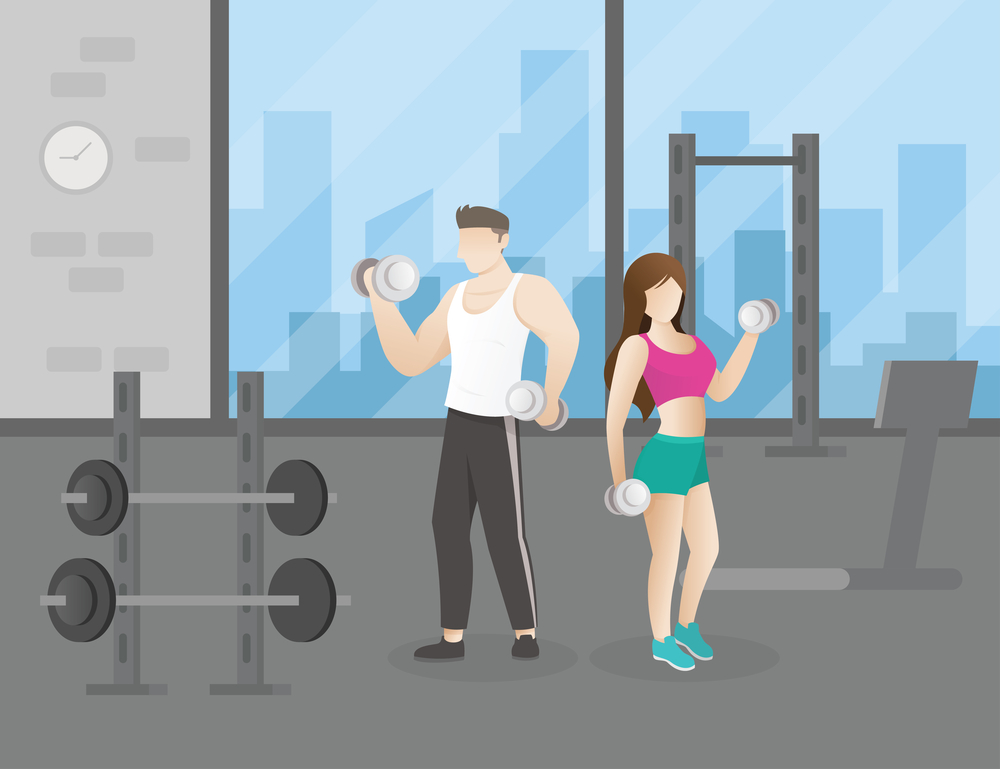
4. Managing Customer Expectations
Customers need to know when they’re chatting with an AI. If they believe they’re interacting with a human, they might expect a level of understanding or empathy that an AI might not be capable of. Being transparent about the use of AI helps manage customer expectations.
5. Cost Considerations
While implementing AI can lead to cost savings in the long run, the initial setup might be pricey, especially for small businesses. It’s essential to consider the return on investment and the scalability of the solution, particularly if you’re using the ChatGPT API for custom solutions.
Every tool has its pros and cons, and ChatGPT is no different. However, by considering these challenges and taking appropriate steps, you can harness the power of ChatGPT to transform your sales process, increase your revenue, and delight your customers.
When used wisely, AI is less about replacing humans and more about augmenting human capabilities, helping us all achieve more. Now, that’s a future worth investing in!
Final Thoughts
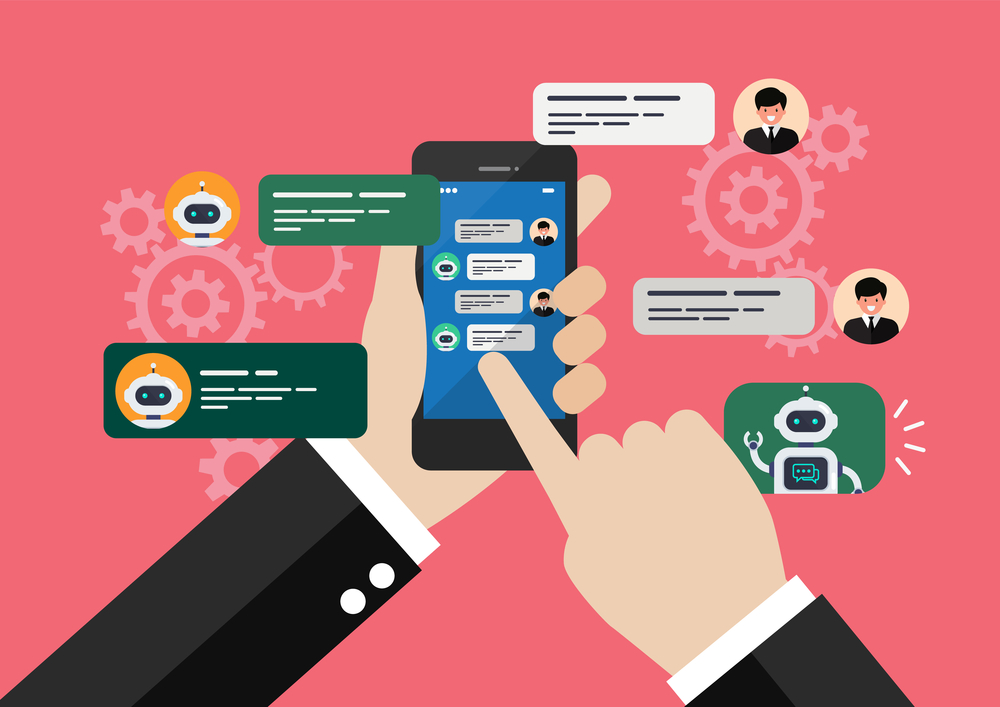
We’ve journeyed through the ins and outs of using ChatGPT for sales and taken a peek at some of its practical applications for your sales team. It’s clear that when it comes to sales, the AI language model isn’t just a passing fad — it’s a game-changer for the sales process!
By now, you should have a solid understanding of how using Chat GPT for sales can revolutionize everything from lead generation and email marketing to customer service and post-sales support.
Whether you’re a small business owner looking to level up or a big corporation wanting to stay ahead of the competition, integrating AI into your sales strategy could be just what you need.
After all, who wouldn’t want a super-smart, always-on, super-efficient sales assistant that can transform your business? The future of sales is here, and it’s powered by AI!
To learn more about how to integrate ChatGPt into your business tools, check out the video below:








